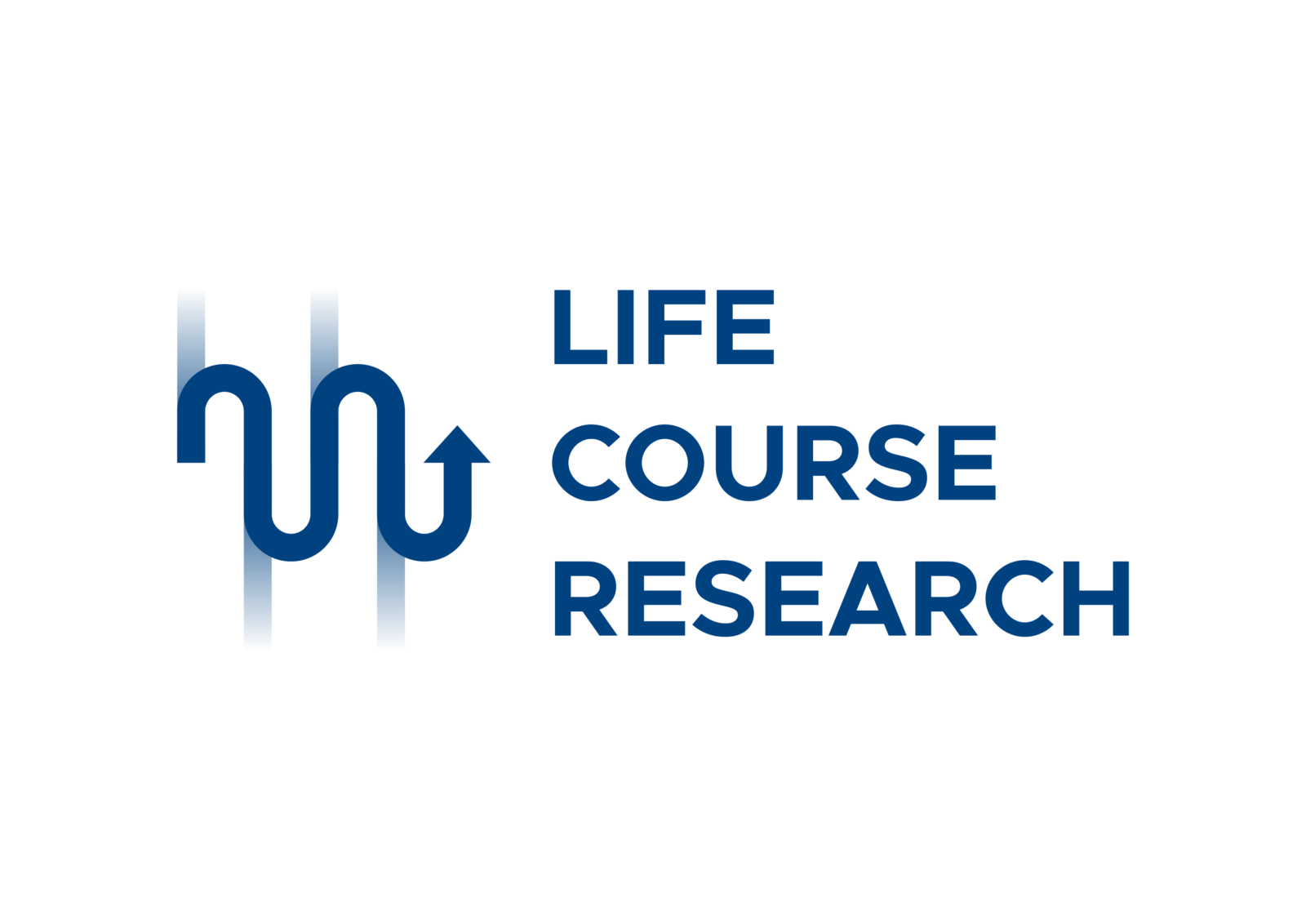Clinical portrait of the SARS-CoV-2 epidemic in European cancer patients
Background
The SARS-CoV-2 pandemic significantly affected oncology practice across the globe. There is uncertainty as to the contribution of patients’ demographics and oncologic features to severity and mortality from COVID-19 and little guidance as to the role of anticancer and anti–COVID-19 therapy in this population.
Methods and aim
In order to look for associations between severity and mortality from COVID-19 and patients’ demographics, oncologic features and cancer terapies, we conducted a multicenter, observational study of 890 patients with cancer and confirmed COVID-19.
Results
We demonstrated a worsening gradient of mortality from breast cancer to hematologic malignancies and showed that male gender, older age, and number of comorbidities identify a subset of patients with significantly worse mortality rates from COVID-19. Provision of chemotherapy, targeted therapy, or immunotherapy did not worsen mortality. Exposure to antimalarials was associated with improved mortality rates independent of baseline prognostic factors.
Conclusion
In this observational study of 890 patients with cancer diagnosed with SARS-CoV-2, mortality was 33.6% and predicted by male gender, age ≥65, and comorbidity burden. Delivery of cancer therapy was not detrimental to severity or mortality from COVID-19. Hence, this study highlights the clinical utility of demographic factors for individualized risk stratification of patients and supports further research into emerging anti–COVID-19 therapeutics in SARS-CoV-2–infected patients with cancer.
Reference:
Pinato DJ et Al. Clinical portrait of the SARS-CoV-2 epidemic in European cancer patients. Cancer Discov. 2020 Jul 31;10(10):1465–74. doi: 10.1158/2159-8290.CD-20-0773. Epub ahead of print. PMID: 32737082; PMCID: PMC7668225.



